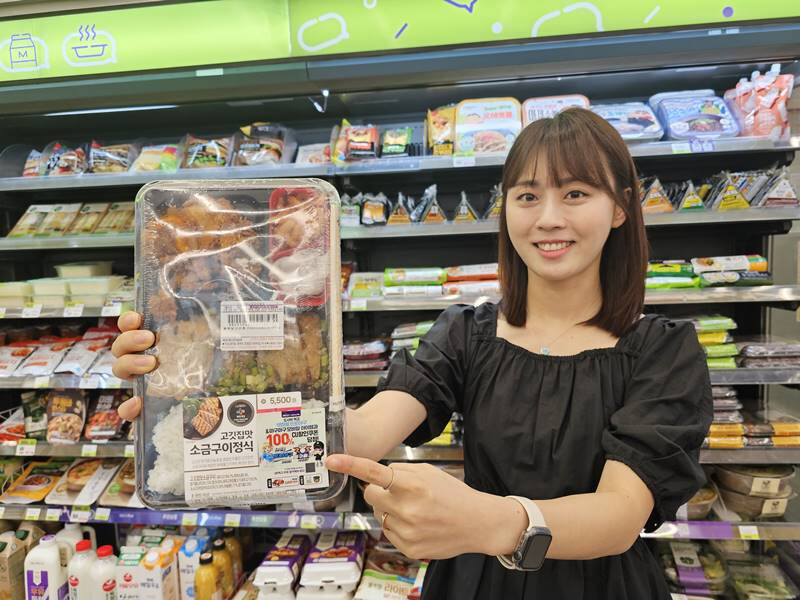
Seoul, South Korea – South Koreans are feeling the pinch of rising food costs as the country grapples with persistent inflation. The price of dining out has increased for three consecutive years, putting a strain on household budgets.
According to data released by the Korean Statistical Information Service, the consumer price index for food services rose by 3.1% last year, outpacing the overall inflation rate. This marks the 12th consecutive year that food prices have risen faster than the general cost of living.
A variety of food items, from casual meals to upscale dining, have seen significant price increases. Notably, the cost of lunch boxes, a popular meal option for office workers, jumped by 5.9%. Other items such as tteokbokki (spicy rice cakes), hamburgers, and kimbap (Korean seaweed rice rolls) also experienced substantial price hikes.
The surge in food prices has been attributed to a combination of factors, including rising global food costs driven by climate change and supply chain disruptions. Additionally, the recent economic uncertainty and geopolitical tensions have contributed to increased production costs.
Experts predict that food prices will continue to climb in the coming months, as the global economy remains volatile. The ongoing conflict and its impact on commodity prices are expected to further exacerbate the situation.
As South Koreans face the challenges of rising inflation, they are increasingly seeking out more affordable dining options. However, even budget-friendly choices like convenience store meals and kimbap have become more expensive.
With no immediate end in sight to the inflationary pressures, South Koreans are likely to continue feeling the strain on their wallets.
[Copyright (c) Global Economic Times. All Rights Reserved.]




























